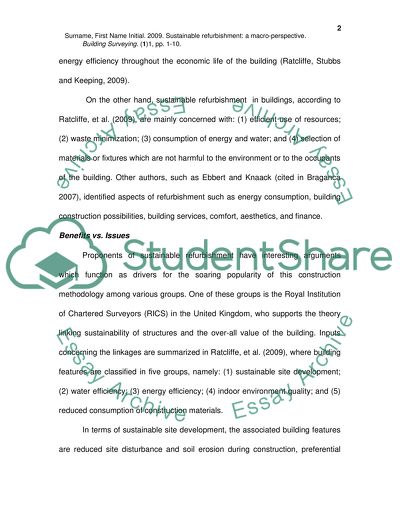Cite this document
(“Sustainable Refurbishment Case Study Example | Topics and Well Written Essays - 3000 words”, n.d.)
Sustainable Refurbishment Case Study Example | Topics and Well Written Essays - 3000 words. Retrieved from https://studentshare.org/technology/1528303-sustainable-refurbishment
Sustainable Refurbishment Case Study Example | Topics and Well Written Essays - 3000 words. Retrieved from https://studentshare.org/technology/1528303-sustainable-refurbishment
(Sustainable Refurbishment Case Study Example | Topics and Well Written Essays - 3000 Words)
Sustainable Refurbishment Case Study Example | Topics and Well Written Essays - 3000 Words. https://studentshare.org/technology/1528303-sustainable-refurbishment.
Sustainable Refurbishment Case Study Example | Topics and Well Written Essays - 3000 Words. https://studentshare.org/technology/1528303-sustainable-refurbishment.
“Sustainable Refurbishment Case Study Example | Topics and Well Written Essays - 3000 Words”, n.d. https://studentshare.org/technology/1528303-sustainable-refurbishment.


